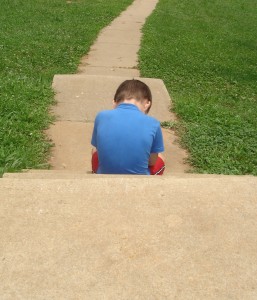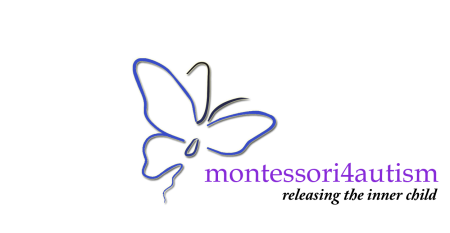Mock Inclusion
Mock Inclusion
IDEA mandates that students with disabilities be educated to the maximum extent appropriate in integrated settings, alongside their typical peers (students without disabilities). This constitutes the notion of the “least restrictive environment (LRE)”, which depending on the child’s level of functioning, can refer to either mainstreaming/inclusion (with necessary supports and services), or to “substantially separate/disability specific” placement (if the child cannot make effective progress in integrated classroom).
On multiple occasions, I have witnessed mock inclusion in public school classrooms, where ASD students would physically be together in the classroom with their typical peers, but not really integrated in the learning process. Often times children with autism would be engaged in repetitive discrete trials (invariably reinforced by candy) that were completely unrelated to what the rest of their classmates were doing. On other occasions, the ASD students would just “sit through” some integrated group activities, but not be able to fully understand or participate in them due to lack of prerequisites and/or adequate supports. Moreover, these activities most likely did not reinforce or generalize the ABA programming that they had just received. Then these children would be pulled out by therapists to receive specialized services, which again in most cases are completely unrelated to what is currently being covered in the classroom. When the child with autism comes back into the classroom, he is disoriented, disconnected and stressed out, since his typical peers are off to something completely different. How would this approach promote effective learning and generalization of skills?
 Disability specific placements. The lower functioning children who are not ready to be mainstreamed, are placed in the so-called “substantially separate” or “disability specific” public school classrooms. These children require highly individualized programming and intensive (25-35 hours a week) instruction, designed by qualified professionals, based on the principles of Applied Behavioral Analysis (ABA), with systemic on-going data collection and a strong generalization component. In reality, these classrooms are commonly understaffed, which means that children receive just minutes of professional individualized instruction. As a rule, there is no written comprehensive individualized curriculum, and many activities are conducted in a group setting. Data collection is sparse and inconsistent and does not allow for regular analysis of program effectiveness; methodologies utilized are not necessarily based on behavioral principles, and are not individualized.
Disability specific placements. The lower functioning children who are not ready to be mainstreamed, are placed in the so-called “substantially separate” or “disability specific” public school classrooms. These children require highly individualized programming and intensive (25-35 hours a week) instruction, designed by qualified professionals, based on the principles of Applied Behavioral Analysis (ABA), with systemic on-going data collection and a strong generalization component. In reality, these classrooms are commonly understaffed, which means that children receive just minutes of professional individualized instruction. As a rule, there is no written comprehensive individualized curriculum, and many activities are conducted in a group setting. Data collection is sparse and inconsistent and does not allow for regular analysis of program effectiveness; methodologies utilized are not necessarily based on behavioral principles, and are not individualized.
These substantially separate placements are isolated not just from the rest of the school, but it seems like from the rest of the world. Many times I witnessed a striking disconnect between the ostensible goal of the activity and the resources used for it in those classrooms. For example, children are taught about the outside world while sitting in stark classrooms with no windows, taught play skills without toys, or taught bathroom skills in classrooms distant from a bathroom.
Another category of disability specific placement are private day and residential programs — specialized schools designed exclusively for ASD children. These schools, where annual tuition readily exceeds $100K, usually serve children with more severe forms of autism, who are out-placed there by their respective public school districts, commonly through a BSEA hearing or settlement. With much individualized attention and one-to-one instruction, these schools can be very effective in restoring pivotal skills. However, once children in these programs are taught how to learn, these schools become limiting (in my opinion) since they are not usually organized to provide much-needed inclusion, do not prepare children for real life, and do not creatively challenge these children to their potential.
